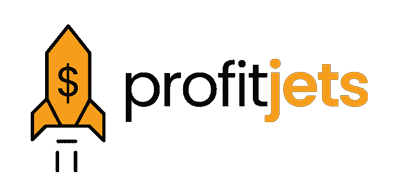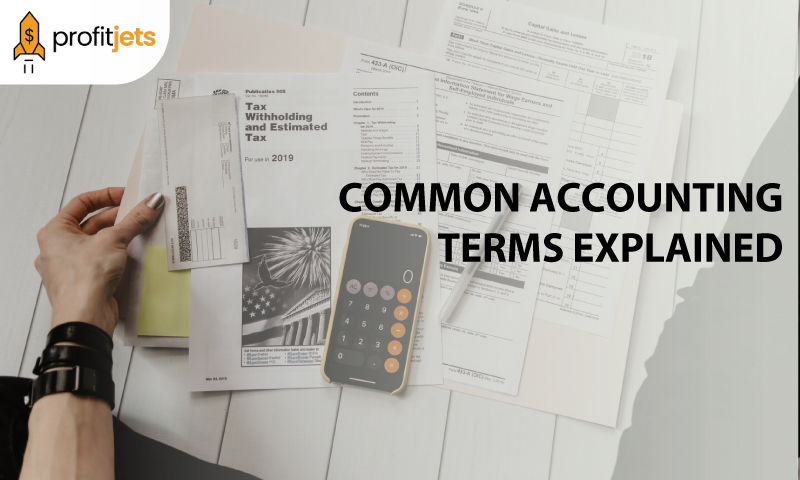Like most business owners, you’re probably not familiar with all the accounting terms used in your industry. That’s why we’ve put together this article, which explains some of the most commonly used accounting terms in a simple and easy-to-understand way. This article will give you a better understanding of how these concepts relate to your business, from profit and loss to accounts receivable and inventory. So don’t wait – reading at to learn much!
Where does profit come from in an accounting sense?
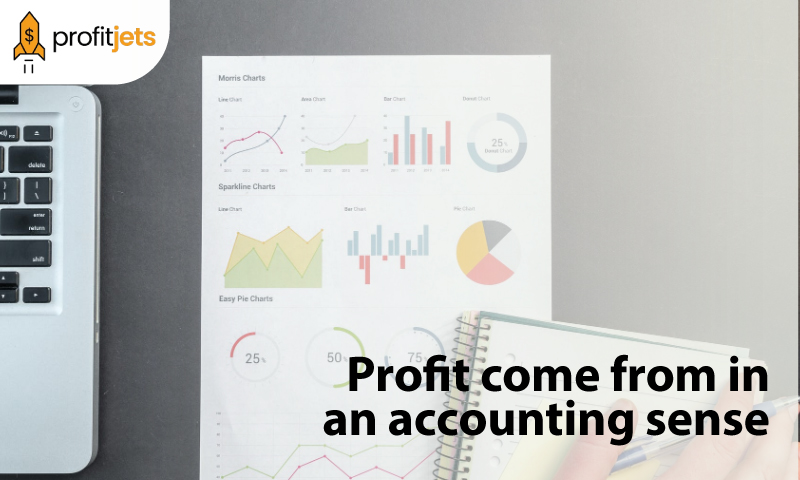
In accounting, profit comes from the difference between revenue and expenses. Revenue is a company’s income, while expenses are the costs incurred to generate that income. The bottom line is that profit is left over after the company’s expenses have been paid. For example, if you start a business, your opportunity cost is foregone wages from your old job. You have negative economic profit if your business doesn’t make enough money to cover those wages.
How does inventory work in accounting?
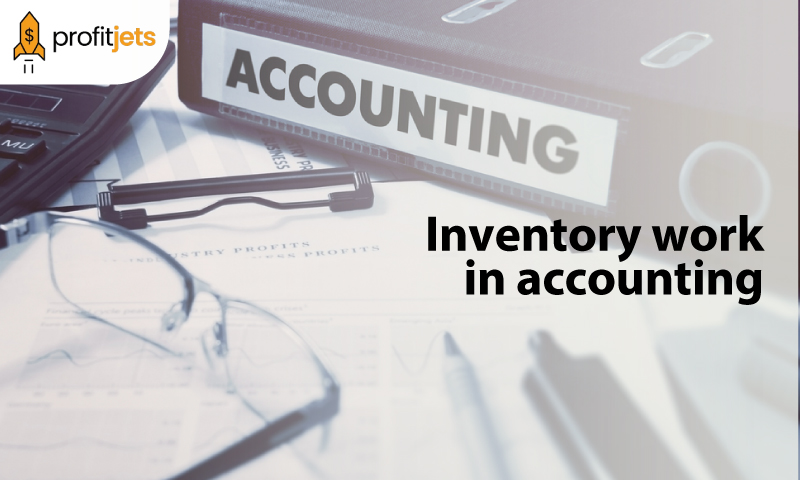
In accounting, inventory refers to the raw materials, finished goods, and components a company uses in its production process. A company’s stock is one of its most important assets because it represents the company’s goods available for sale.
Accounting for inventory can be complex because companies must track the quantity and value of their list. The amount of stock can be measured in physical units, such as cases or pounds, or in terms of production capacity, such as hours or machine hours. The inventory value can be measured at either historical or replacement costs.
Assets
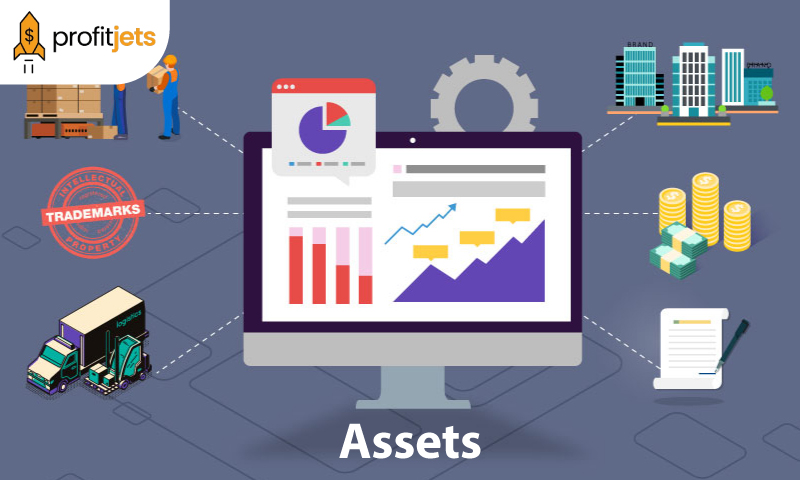
Financial resources are expected to endow future benefits. Property is classified as either current or noncurrent. Existing assets are expected to be converted to cash within one year, while noncurrent purchases will be converted to currency after one year. Examples of assets include cash, accounts receivable, inventory, property, plant, and equipment.
Liabilities
Most people are familiar with the term “liabilities” in the context of personal finance. Liabilities are anything that you owe money on, including credit cards, loans, and mortgages. In accounting, the term has a slightly different meaning. Here, liabilities refer to anything that a company owes money on. This could be money owed to suppliers, employees, or the government in the form of taxes.
There are two types of liabilities: ‘present’ and ‘long-term’. Current liabilities are due within one year, while long-term liabilities are due after one year. Keeping track of both types of penalties is essential to managing your cash flow effectively.
Equity

Equity is one of the most critical yet confusing concepts in accounting. Equity is essentially the value of a company’s assets minus its liabilities. It represents the ownership interest that shareholders have in a company.
Equity can be classified into two broad categories:
- Shareholder
- Owner’s Equity.
Shareholder equity represents the portion of a company’s equity that belongs to its shareholders. On the other hand, owner’s equity represents the portion of the equity that belongs to the company’s owners (i.e., the shareholders).
Expenses
When it comes to business, expenses are inevitable. However, knowing which expenses are tax-deductible can save you a lot of money come tax season.
Capital Expenditures: These are big-ticket items necessary for your business’s operation, such as a new roof or HVAC system. But can be written off over some time through depreciation.
Operating Expenses: These are the day-to-day costs of running your business, such as rent, utilities, office supplies, etc. They are typically tax-deductible in the year they are incurred.
Start-Up Expenses: These are costs associated with getting your business up and running, such as legal fees, marketing costs, etc. Start-up expenses can be written off in the year they are incurred.
Personal Expenses: These are costs that are not directly related to your business, such as travel or entertainment. Personal expenses are not tax-deductible.
Income
Income is the revenue that a business earns from its normal operations. This can come in the form of money, goods, or services. Income is often recorded on a company’s financial statements as either “operating income” or “net income.”
Documents Involved in Accounting
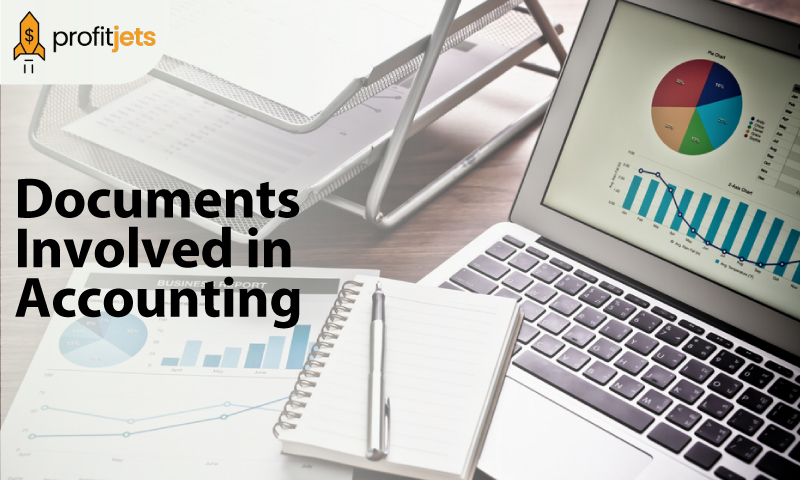
There are many different types of documents involved in accounting. The most common documents are financial statements, invoices, and receipts. Financial statements point to a company’s pecuniary health and performance. Invoices are created when a company sells products or services. Tickets show proof of purchase and are often used for tax purposes.
Cash
Cash is one of the most important and confusing aspects of accounting. Currency refers to a business’s money, which can be used to pay immediate expenses. This is different from assets, which are items that can be converted into cash (such as inventory or investments).
You might also see the term “net cash” used when discussing a company’s financials. Net cash is the total amount available after subtracting any outstanding debts or obligations.
Understanding these terms is essential to keeping track of your company’s finances and making sound decisions about where to allocate your resources.
Sales Tax
Sales tax is a duty charged for the marketing of goods and services. The amount of sales tax charged depends on the state where the sale occurs. In some states, sales tax is set on the total purchase price of the goods or services. In other states, sales tax is charged on the retail price of the goods or services.
Some businesses are exempt from collecting and remitting sales tax. Examples of companies that may be exempt from sales tax include grocery stores, pharmacies, and certain types of service providers.
Accounts Payable
If you’re new to accounting, Accounts payable is the amount of money a company owes to its suppliers for goods or services that have been delivered but not yet paid for. When a company purchases goods on credit, the supplier will send an invoice specifying the terms of the transaction. The invoice will typically include the amount due, the due date, and any discounts that may apply.
The company will then record the invoice as an accounts payable liability. Once the invoice is paid, the fund’s payable balance will go back down. If a company has many accounts payable, it may have difficulty making ends meet and may need to take out a loan to cover its liabilities.
